Q&A with Jaime Hayon

We catch up with Spanish designer Jaime Hayon, fresh from his collaboration with Fabergé, to talk shop and to congratulate him on his latest award for achievement in design.
You’ve just been named designer of the year at Maison & Objet, you must be very pleased. What did you do when you found out?
I was flattered, of course. This particular award was given for achievement in interior design - which is an area I’ve been working in increasingly for the past few years - and it’s an area I’m taking more and more pleasure from. Maison & Objet is a respectable institution, and I was very happy to be recognised by their awards.
Where are your chess pieces from LDF now?
The tournament pieces are currently in storage. We have received offers to exhibit them in other cities and I’m excited at the possibility. At the moment however, we are still fine-tuning their future movements.
How did your recent collaborative project with Fabergé come about?
I met the Creative Director of Fabergé, Katharina Flohr, for lunch last year. She originally wanted to meet in order to explain what the company had in mind for the future - with no particular agenda in mind. She explained that Fabergé were looking to create a jewellery brand and how she felt that we shared a similar approach to luxury. We began discussing the boutique concept, and ended up visiting the space Fabergé had in mind. I was introduced to the team and we started work on the interior for the boutique. It was a very interesting experience: a real challenge.
The concept for the Fabergé boutique focuses on superior craftsmanship, how involved where you in the production of the individual elements?
We designed each single element especially for Fabergé and my team was behind the manufacturing process 100%. In order to achieve the level of excellence we where aiming for, we worked for a number of months, exploring every detail and seeking out solutions to Fabergé’s very individual approach.
The Fabergé boutique is not a traditional jewellery space: it’s elegant, light, warm and comfortable. It is the complete opposite of the traditional jewellery shop mould - those cold fortresses which make people feel like they’re in a tank, with far too much security and distance. Our proposal is more along the lines of a jewellery gallery with a residential feeling, it’s designed to be very inviting.
You’ve kept the boutique very understated, was that the intention?
As the brand concept was entirely new, we felt it was important to respect Fabergé’s privacy. The company’s approach in general is very private, and as such, the project is very sophisticated.
Receive our daily digest of inspiration, escapism and design stories from around the world direct to your inbox.
What would you count as your greatest single source of inspiration?
For this project in particular, I was inspired by both jewellery and light – as I was by Fabergé's history and the refinement of Peter Carl Fabergé's designs. I wanted to create a space that would encourage the same sense of elegance, only translated into the 21st century: straddling the boundary between modern design and classicism. We have been very careful with our choice of materials - contrasting warm materials such as mahogany with incredibly pale surfaces creates a surprisingly sophisticated contrast, and this sense of contrast afforded the space a very special harmony.
You were noticeably quiet at last year’s Salone - are you looking forward to this year’s Salone del Mobile? What can we look forward to from you?
It's good to be quiet occasionally - last year I concentrated on producing a few special pieces, like the Baccarat vases and the Ceccotti chair. Both these collections demonstrate an acute attention to detail and are of exemplary quality. For me, the Salone is not the only highlight of the year. I have been attempting to distribute my creativity among other events (such as the London Design Festival, Maison & Objet, and other international fairs). For this year’s Salone however, we are working on several projects, which we hope will be very surprising.
Remarkably, you only began your solo career in earnest six years ago. What’s been the single biggest change in the industry since you started out?
Things have not changed that much in the past six years. Perhaps there is increasing attention to craft due to the escalating speed of technology. When things are moving too fast, people tend to go back to basics.
You’ve designed everything from shoes and shops, to chairs and lamps. Is there anything you haven’t yet designed that you dream of making?
Whatever will come, will come.
Is there anything anybody else has designed that you wish had come from your hands?
Not really. I am very happy with the work I’ve done and I have a feeling that there are many things yet to come. It's a ‘learning by doing’ process.
What’s the best moment of the day for you?
The late afternoon, when the most hectic part of the day comes to an end and I can take the time to evaluate the work I’ve done and what’s next to come – and it’s the warmest part of the day.
Rosa Bertoli was born in Udine, Italy, and now lives in London. Since 2014, she has been the Design Editor of Wallpaper*, where she oversees design content for the print and online editions, as well as special editorial projects. Through her role at Wallpaper*, she has written extensively about all areas of design. Rosa has been speaker and moderator for various design talks and conferences including London Craft Week, Maison & Objet, The Italian Cultural Institute (London), Clippings, Zaha Hadid Design, Kartell and Frieze Art Fair. Rosa has been on judging panels for the Chart Architecture Award, the Dutch Design Awards and the DesignGuild Marks. She has written for numerous English and Italian language publications, and worked as a content and communication consultant for fashion and design brands.
-
 The new Tudor Ranger watches master perfectly executed simplicity
The new Tudor Ranger watches master perfectly executed simplicityThe Tudor Ranger watches look back to the 1960s for a clean and legible design
-
 This late-night hangout brings back 1970s glam to LA’s Sunset Boulevard
This late-night hangout brings back 1970s glam to LA’s Sunset BoulevardGalerie On Sunset is primed for strong drinks, shared plates, live music, and long nights
-
 How Memphis developed from an informal gathering of restless creatives into one of design's most influential movements
How Memphis developed from an informal gathering of restless creatives into one of design's most influential movementsEverything you want to know about Memphis Design, from its history to its leading figures to the pieces to know (and buy)
-
 At home with designer Sebastian Herkner
At home with designer Sebastian HerknerSebastian Herkner finds inspiration in his extensive travels around the globe and the spirit of optimism of his adopted hometown of Offenbach
-
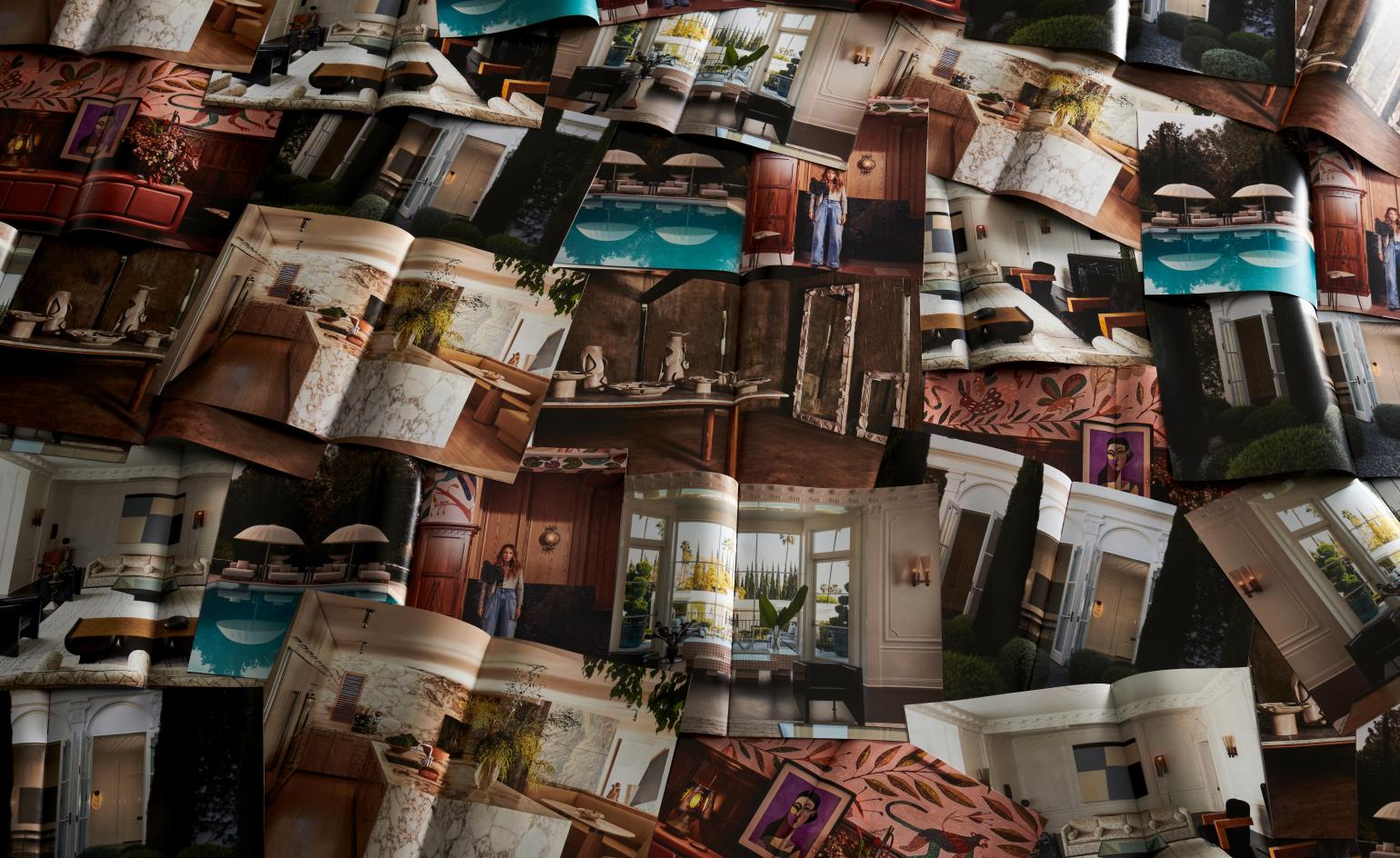 At home with Kelly Wearstler
At home with Kelly WearstlerAmerican designer Kelly Wearstler talks about her approach to interiors, her California homes, favourite LA spots, creative inspiration and more
-
 Ritesh Gupta’s Useful School: ‘Creative education needs to centre on people of colour’
Ritesh Gupta’s Useful School: ‘Creative education needs to centre on people of colour’Creative industry veteran Ritesh Gupta on launching Useful School, a new virtual learning platform that puts people of colour front and centre
-
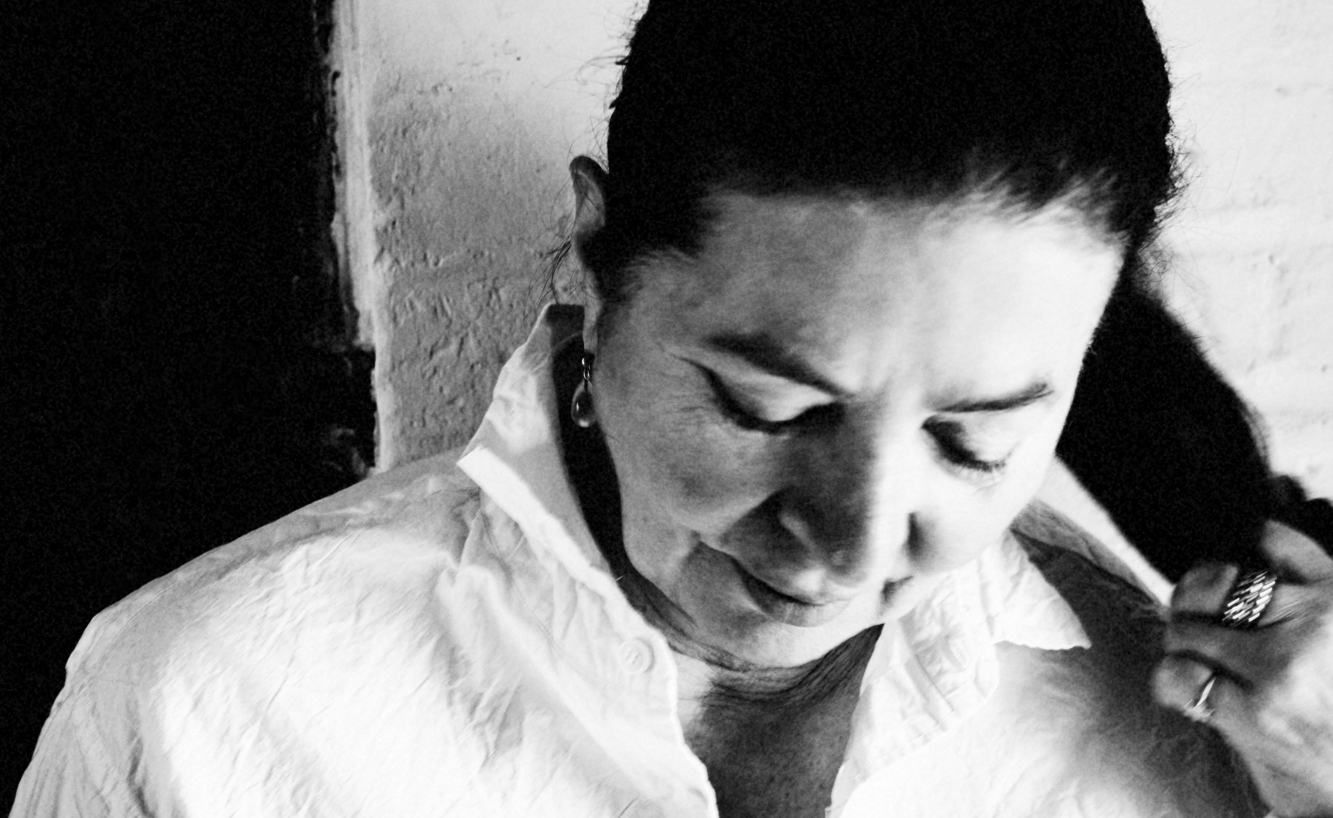 Ilse Crawford judges Wallpaper* Design Awards 2022
Ilse Crawford judges Wallpaper* Design Awards 2022London Design Medal laureate Ilse Crawford – part of the six-strong jury for the Judges’ Awards, the Wallpaper* Design Awards’ highest honours – on design for a better reality, and our worthy winners
-
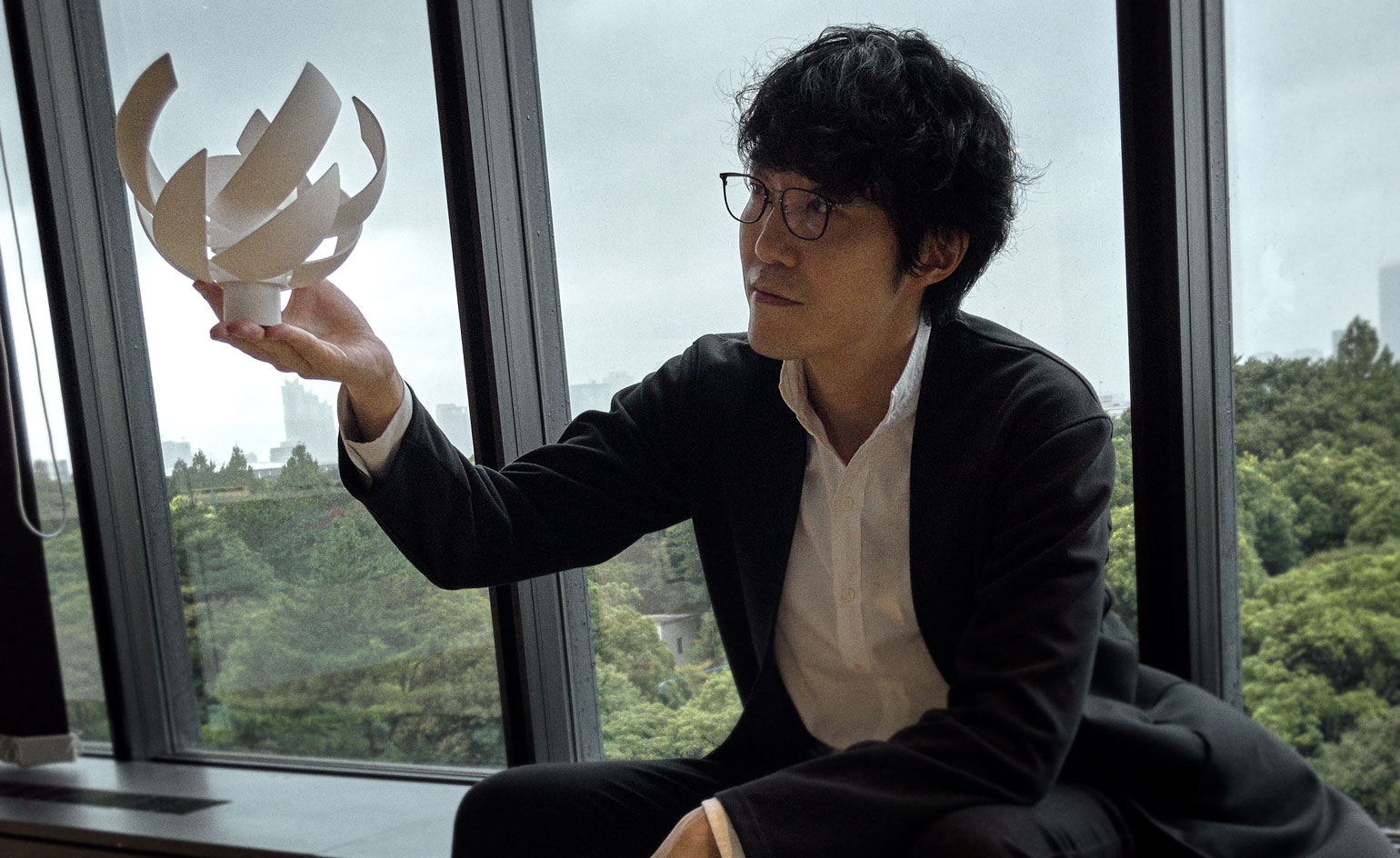 Nendo’s Oki Sato on challenges, new talent, and ‘taking the difficult way’
Nendo’s Oki Sato on challenges, new talent, and ‘taking the difficult way’Oki Sato, founder of prolific Japanese studio Nendo, reflects on past and present challenges – including designing Tokyo’s Olympic cauldron – and, for Wallpaper’s 25th Anniversary Issue ‘5x5’ project, selects five young talents ready to pick up the torch
-
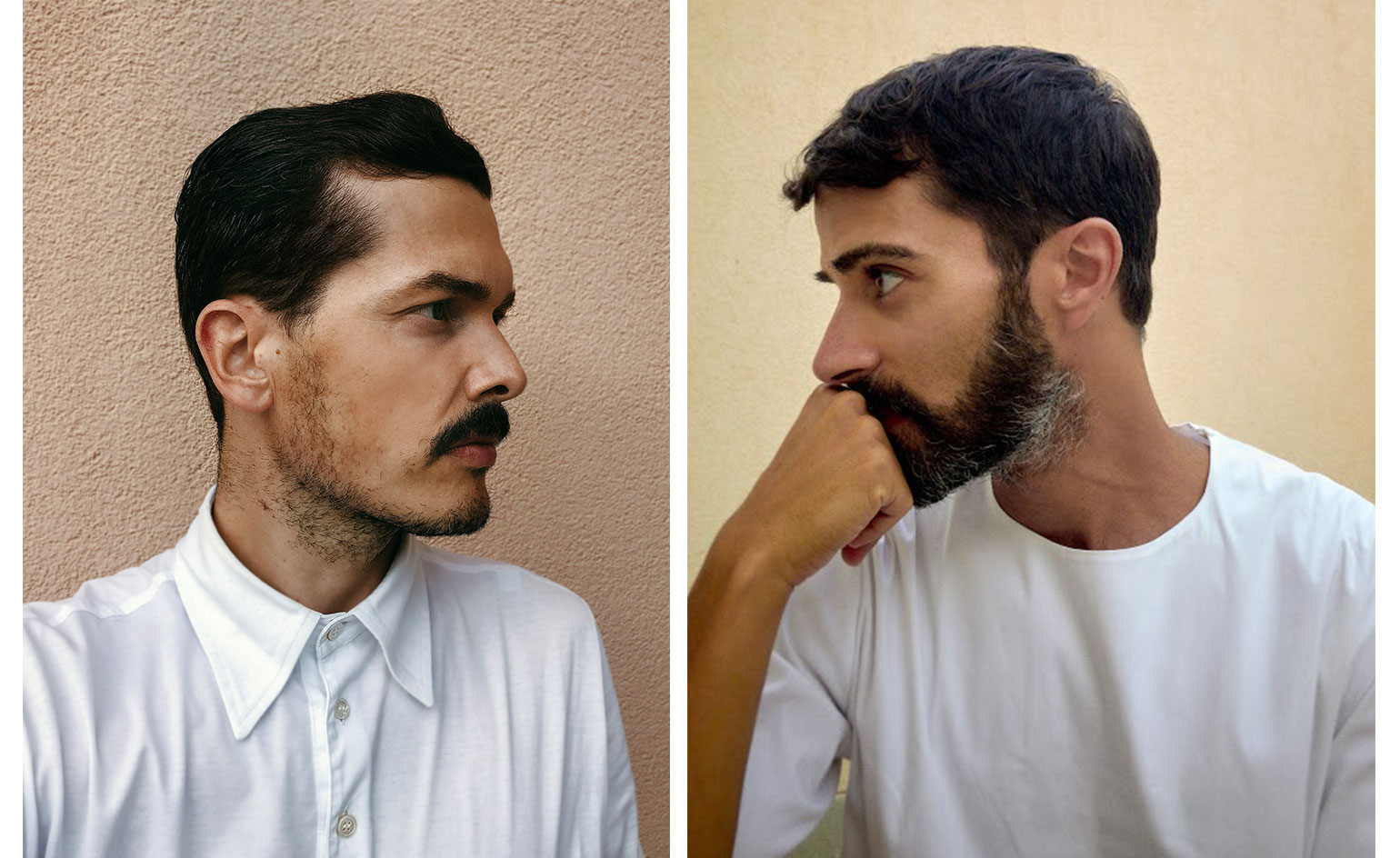 Formafantasma on their GEO-Design master’s programme, and designers thinking big
Formafantasma on their GEO-Design master’s programme, and designers thinking bigThe Italian design duo – and Designer of the Year in the 2021 Wallpaper* Design Awards – are among our featured visionaries in ‘5x5’, Wallpaper's 25th anniversary project. They discuss their first year heading the GEO-Design master’s programme at Design Academy Eindhoven, educating students for a changing world, and their pick of five creative leaders of the future who are expanding the practice of design
-
 New vision for Franco Maria Ricci’s art publishing legacy
New vision for Franco Maria Ricci’s art publishing legacyItalian art collector and publisher Franco Maria Ricci passed away in September 2020. His nephew Edoardo Pepino was entrusted with his artistic legacy, including the world’s biggest bamboo maze and Ricci’s eponymous publishing house, which is set for a relaunch in late 2021
-
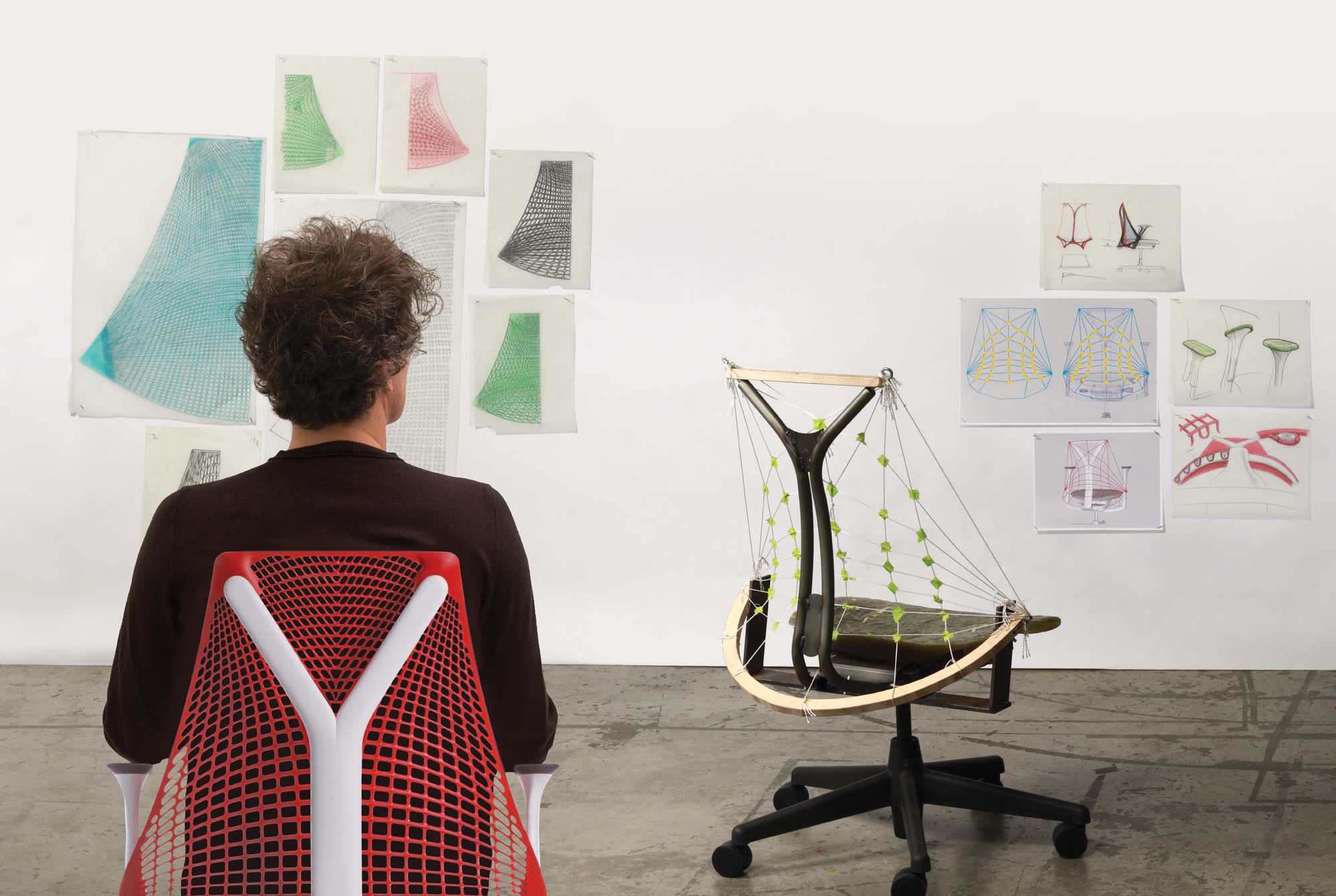 Yves Behar on his design for good
Yves Behar on his design for goodOn the occasion of his new monograph, Yves Behar: Designing Ideas, we talk to the Fuseproject founder on his career journey, technology and ‘the slow, winding journey of design’